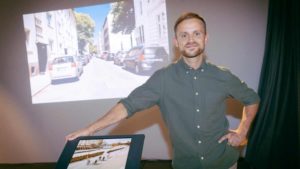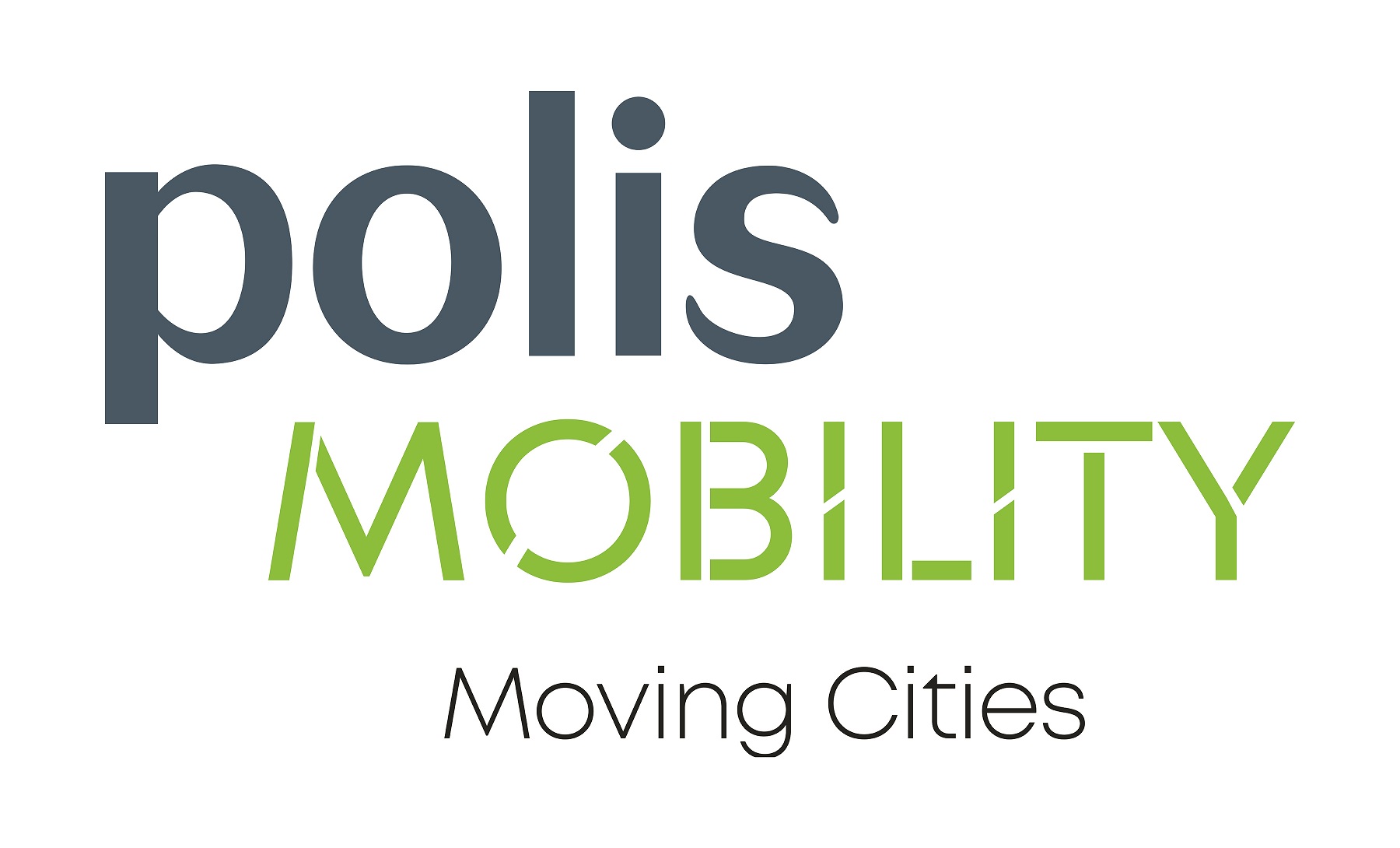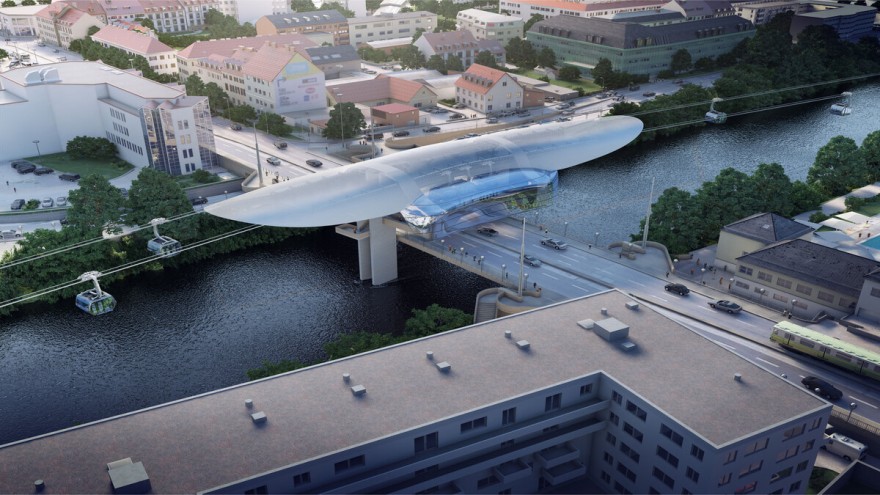
Photo: Jan Kamensky
Car and green boulevards: Dismantling, transforming and creating
11 February 2022
“Boulevard Utopique”, a two-minute animation by Hamburg art director Jan Kamensky, uses the example of Paris to show what inner-city urban spaces could look like without motorised traffic. In other videos, the communication designer transforms Vienna, Hamburg and Berlin, among others, in a similar way and causes a sensation with his visions.
The project began in March 2020: “The Corona pandemic opened up the space for me to realise that I was no longer content to wait for increasingly urgent social change. I wanted to make a contribution myself that would promote it. What that could be was not at all clear to me at first. What can I do? How can I use my skills? This is probably the question some of us are asking ourselves.”

As a visual designer, Kamensky travels with open eyes and so he first looked at his surroundings with the question of what surrounds him and other people every day and where he could start: “Where do I see an urgent need for action in my environment, or better: co-environment? The empty streets at the beginning of the pandemic finally made me realise: I want to look at a city without cars. What happens to the streets when we free them from cars? How can the newly won spaces be designed?”
Kamensky gives himself and the viewers of his films the answers by using Photoshop for image processing and After Effects for the animation. He uses photographs as the basis for the animation, which later become moving images. First, all the elements he wants to animate later are cut out – for example cars, street signs, traffic lights or pavements. Where an element has been cut out, he retouches. “This sometimes has something of painting about it. As soon as the street is free of cars, a white sheet of paper opens up, as I call it.”
New space for design, then, in which the designer creates his utopian vision of a car-free or car-free world. First, he creates the static design, which he then sets in motion in the animation programme After Effects. “Through the dynamics, I have the opportunity to tell a story here,” he explains.
“This allows me to highlight things and contribute to increased awareness. For example, when I make road signs fly and thus show how much space we sacrifice to the traffic infrastructure oriented towards the car.”
In this way, he wants to invite people to reflect: “In the meantime, I see it as my task to design visual communication for change. In a way, this means that I also act as a translator.
“Theoretical insights are translated into the language of images. In doing so, the images develop a special quality that reaches the viewer in a low-threshold and catchy way – whether young or old. The approach has a decisive function: after the viewers have had a glimpse of the utopia, they return to reality with a sharpened view. The expansion of consciousness is in the foreground, not so much the feasibility. Although I would of course be happy about the realisation.”

But what could such an implementation actually look like? What does a successful mobility turnaround look like from his point of view? Kamensky is convinced that the mobility turnaround will only have succeeded “when it is not only implemented on the roads, but also in people’s minds.” In addition to a transport infrastructure geared to the well-being of the people, a new attitude, a changed mentality towards mobility is needed. “We need to be aware of the impact our locomotion has on our planet. Even if it looks green at first glance. A sustainable mobility transition can only succeed if we add sufficiency to consistency (forms of energy) and efficiency (technological solutions). This means that we develop a frugal lifestyle in which we renounce previous habits. Locomotion is only ecologically and socially sustainable if we voluntarily limit ourselves and consume less. This includes saving energy and materials to a considerable extent. Electromobility, for example, cannot possibly be sustainable if we do not significantly reduce the use of vehicles at the same time as changing the drive system. Otherwise, we run the risk of even increasing the intensity of our mobility because of its supposedly green nature.”
And his view of the future? “What gives me hope is that we had already realised the car-free and quite frugal way of life. After all, many of our streets were not originally built for the automobile. People in cities have proven that life without the car is possible. Let’s use our technological progress so that we don’t have to switch back to horse and carriage. Let’s use it in a way that makes mobility truly sustainable. Besides, the most ingenious means of transport has already been invented: the bicycle.”




